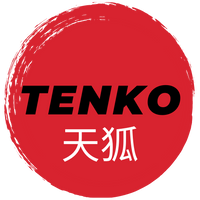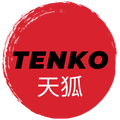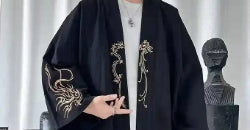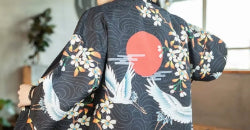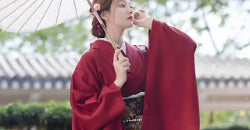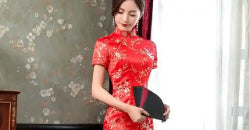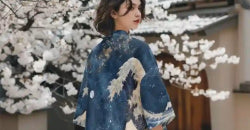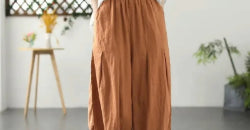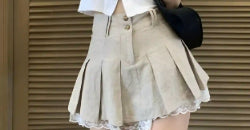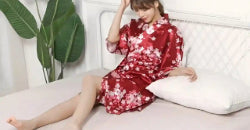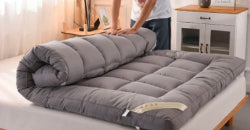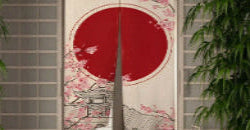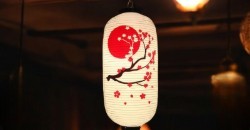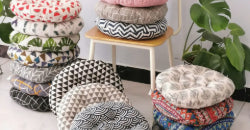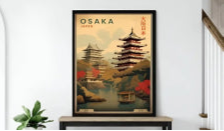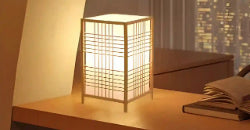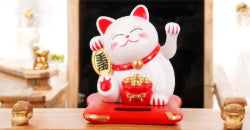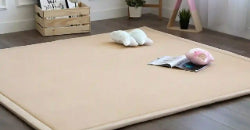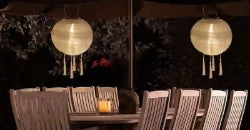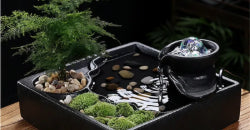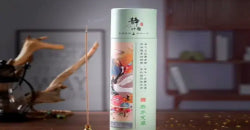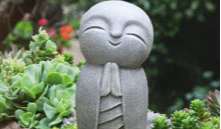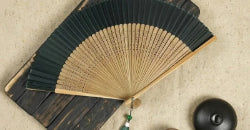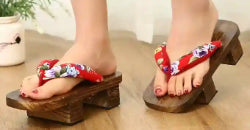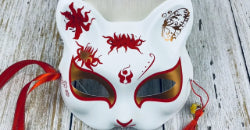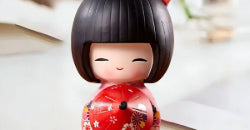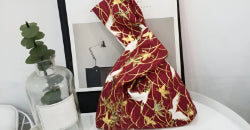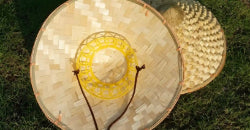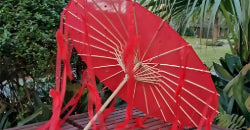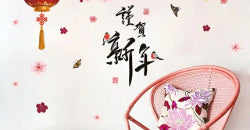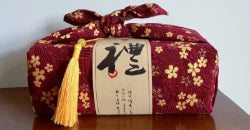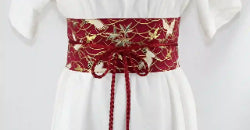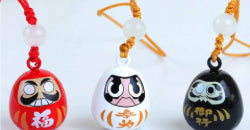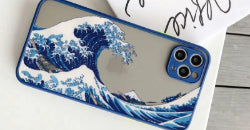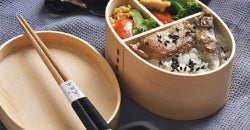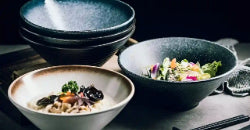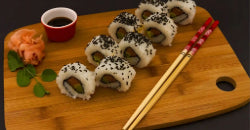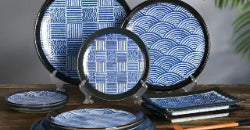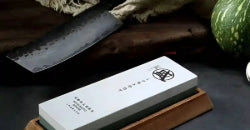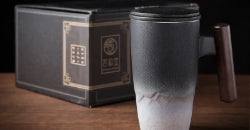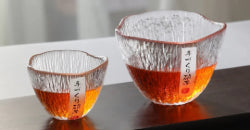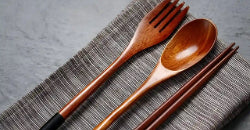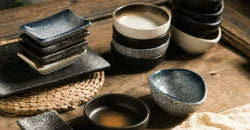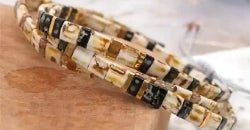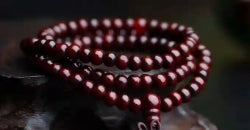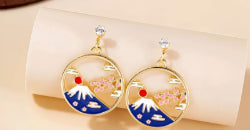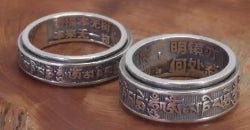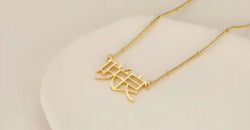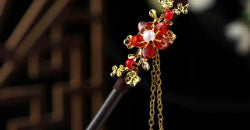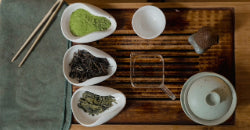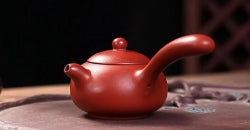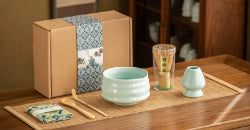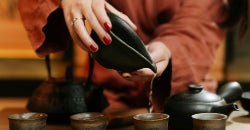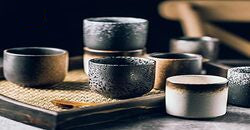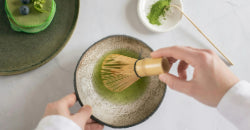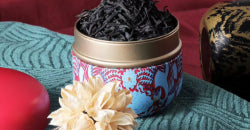Do you need a central decorative element for your centerpieces or even secondary rooms? We have for you our collection of Japanese Rugs with its typical patterns, which can only allow you to bring a little piece of Japan into your home!
The tatami: a symbol of tradition and comfort in Japanese culture!
Japanese tatami is a traditional Japanese floor covering made of woven rice straw and covered with fabric. It is an important part of Japanese culture, found in homes, temples and dojo (martial arts training areas). The history of tatami goes back several centuries.
The first evidence of tatami mats dates back to the Nara period (710-794), when they were used to cover the floors of Buddhist temples. In the Heian period (794-1185), tatami mats began to be used in noble homes and imperial palaces. They were considered a symbol of wealth and prestige, as only the wealthy could afford to install them in their homes.
Over the centuries, the use of Japanese tatami mats spread throughout Japanese society, and they became an essential part of Japanese culture. They were used not only as flooring, but also as seating during ceremonies and formal meetings.
Tatami has become particularly important in Japanese martial arts culture. Dojos are equipped with tatami mats to provide a soft, cushioning flooring for practitioners, who often perform falls and rolls on the ground. Tatami mats are also used in official Japanese martial arts competitions, where they are often decorated with symbols and logos to represent the various schools and federations.
Over time, the manufacturing of tatami mats has evolved. Traditionally, tatami mats were handmade from rice straw, but today they are often made using synthetic materials. However, traditional rice straw tatami mats continue to be made and are often used in Japanese-style homes and temples.
Today, it remains an important symbol of Japanese culture, and is often used to create a warm, traditional atmosphere in homes and martial arts practice areas. Outside of Japan, tatami has also become popular as a decorative element in Japanese-style homes and restaurants, and is valued for its soft, comfortable texture.
From floor to ceiling: the different ways to use tatami mats in your home decoration:
The tatami mat is an increasingly popular Japanese decorative element in modern interiors. It is often used to create a warm and zen atmosphere, and can be used in many ways around the home.
First of all, tatami mat can be used as flooring in bedrooms, living rooms, and meditation spaces. It provides a firm and comfortable surface to stand or sit on, and can help create a calm and relaxed ambiance in the room.
The tatami mat can also be used as a traditional carpet, to decorate the floors of hallways or rooms. It can be combined with other Japanese decorative elements such as shoji (rice paper panels), kakemonos (hanging paintings), or ikebana (flower arrangements).
Japanese mats can also be used as a wall decoration element. By using decorative tatami mats, it is possible to create decorative panels for the walls. This can help create a zen and elegant atmosphere, especially when the tatami mats are combined with natural elements such as bamboo or stones.
Finally, this traditional carpet can also be used as a decorative element for furniture. Decorative tatami carpets can be used to cover cushions, stools or even benches. This helps create a warm and comfortable atmosphere, while adding a touch of elegance and tradition to the interior decoration.
In short, the tatami mat is a versatile and elegant element that can be used in many ways in the decoration of your home. Whether it is used as a floor covering, as a traditional carpet, as a wall decoration element or as a decorative element for furniture, the tatami mat is an original way to create a zen and warm atmosphere in your interior.
Now that your Japanese rug accompanies you in your floor decoration, how about another type of aerial decoration this time? Who says Japanese says lighting of course, and what better than our Japanese ball collection and its traditional lighting! Don't panic, our designs and the type of lighting are of course revisited in order to modernize this typical decorative product!
